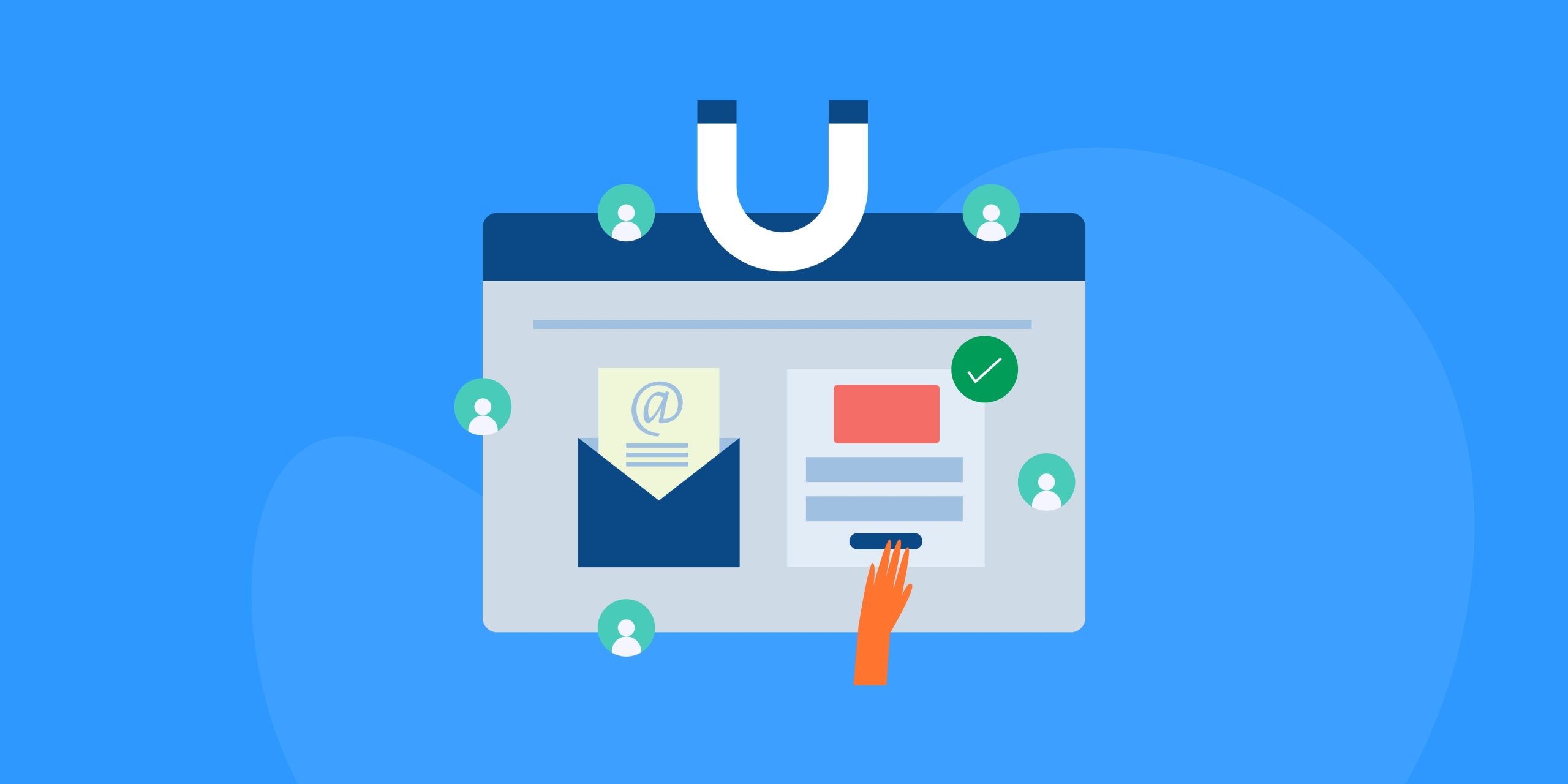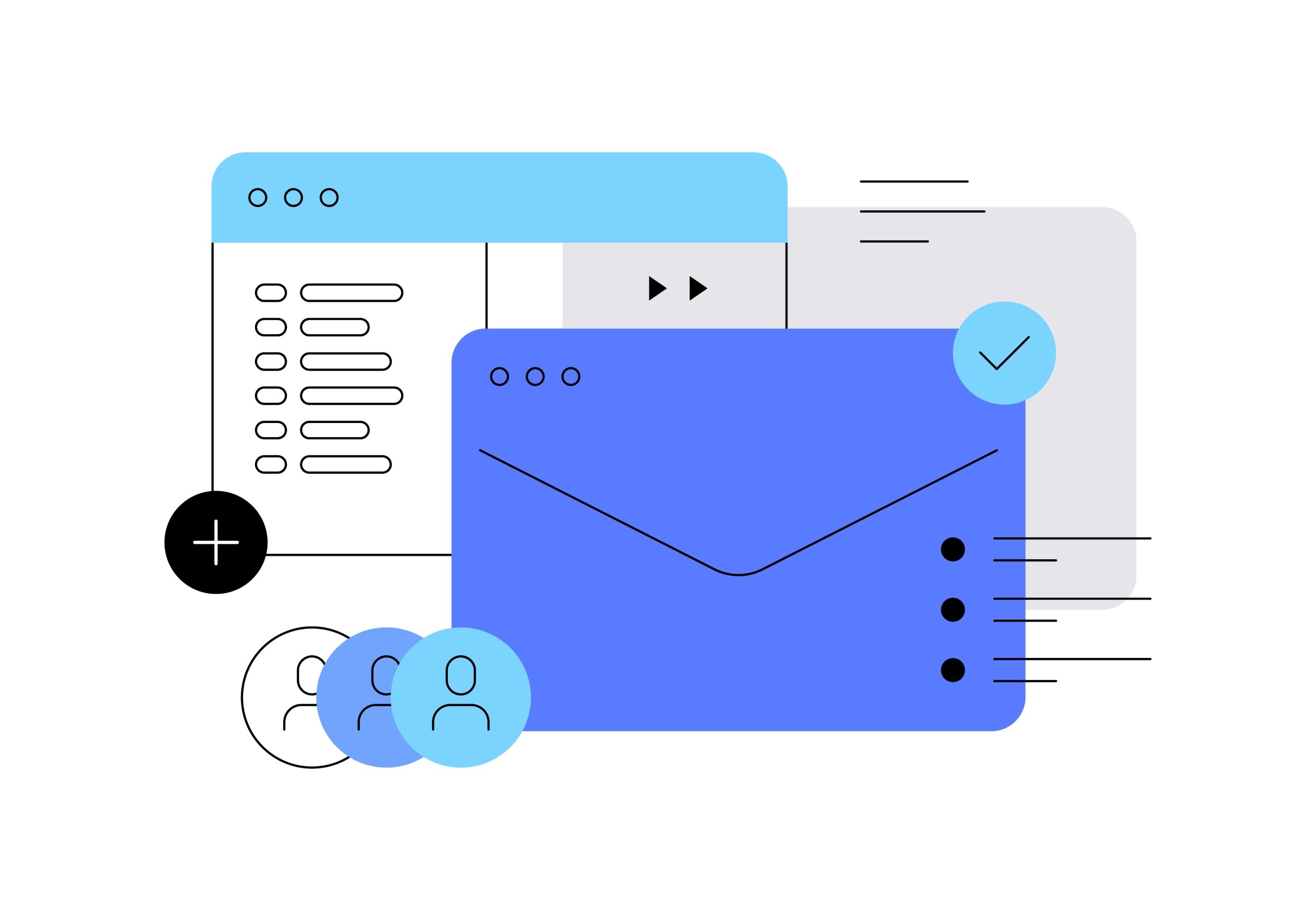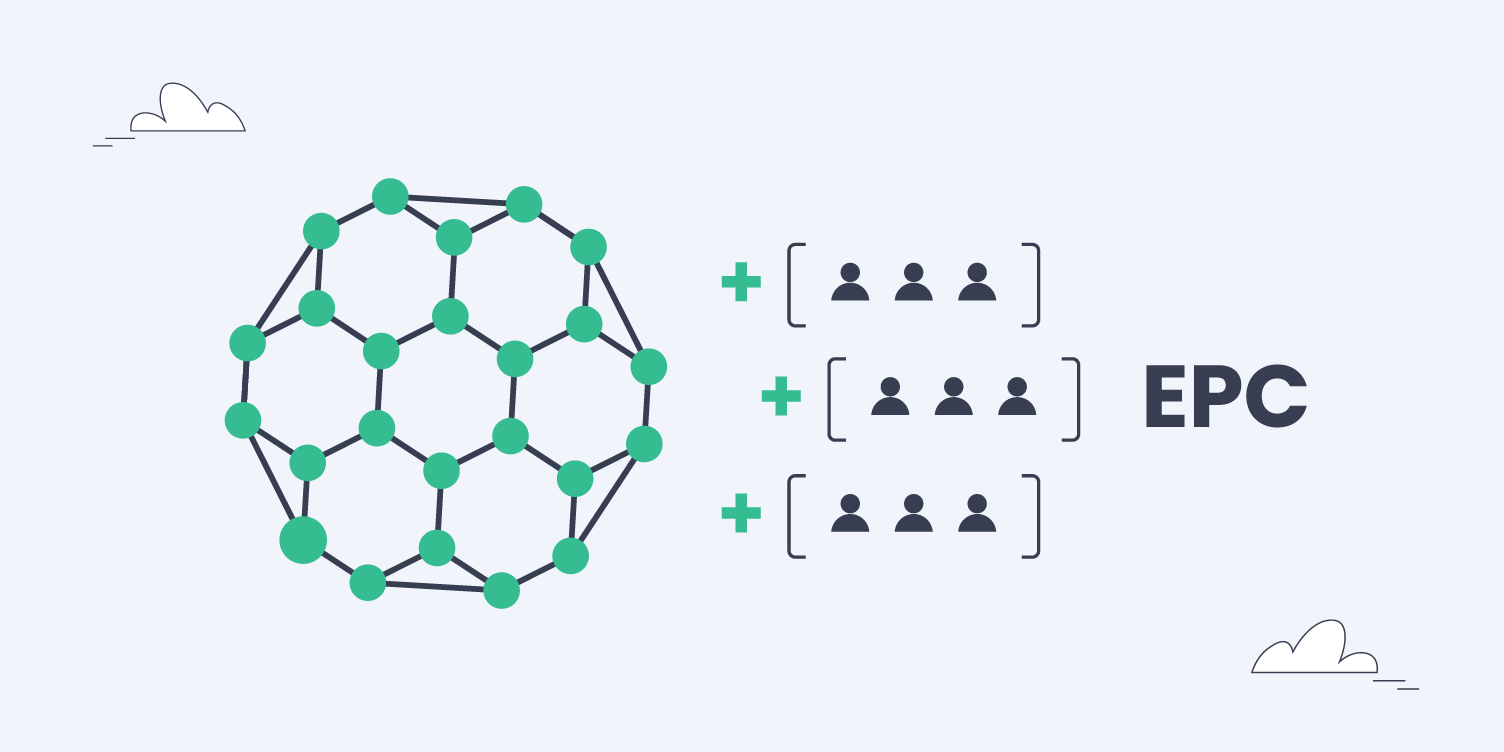For an affiliate marketer, the difference between having and not having a curated email marketing list is too big to ignore. An email list can help you nurture your leads to a conversion and maximize their lifetime value, especially if your affiliate program offers recurrent rewards.
Numbers don’t lie: Email marketing generates $42 for every $1 spent, an incredible opportunity to tap into as an affiliate marketer.
Think of an email list as a direct line to people who’ve already shown interest in what you offer. With tailored content and well-timed offers, you can build enduring relationships that turn inactive members into buyers.
Below is a 5-step guide on how to build an email list for affiliate marketing.
Step 1 – Define Your Ideal Email Subscriber
There are several approaches to email marketing in the context of affiliate marketing. On the one hand, you likely want all your website and social media visitors to become your email subscribers. On the other hand, you only need subscribers who are interested in receiving your email and those who can realistically convert.
- Learn how various types of your email subscribers behave
- Learn what they like and dislike, and what triggers conversions
- Learn what you can offer to your subscribers that your competitors cannot
It might be a good idea to check whether your ideal customer profile (ICP) matches your ideal email subscriber. For example, if you’ve identified that the email subscribers who come from Instagram or TikTok don’t engage with your emails, you might not want to target them in the first place. Just use affiliate marketing strategies that work for them – this doesn’t necessarily have to be email marketing.
Read also: How to Find Your Best Affiliate Marketing Niche
Long story short, make sure you’re spending your marketing resources wisely.
Step 2 – Select the Right Email Marketing Platform
Selecting the right email marketing platform is crucial for building and managing your email marketing list. A good platform automates most email marketing routines, helps segment your subscribers, A/B campaigns, and more.
| For Beginners: | For Advanced Marketers: |
|
|
Step 3 – Create Lead Magnets So They Feel the Urge to Subscribe
Once you’ve zeroed in on your target audience, think about how to entice them to subscribe. A strong lead magnet should be niche-relevant, packed with immediate value, and quick to consume for a fast win.
Read also: How to Create a Website for Affiliate Marketing in 3 Simple Steps
Here are some examples of lead magnets:
- Checklists: “10 Tools Every Beginner Affine Marketer Needs”
- Cheat Sheets: “Copy-and-Paste Subject Lines That Convert”
- Mini Courses/Webinars: “How to Launch Your First Affiliate Funnel in 3 Days”
But, of course, the actual CTA you use should also resonate with where a specific subscriber is in your sales funnel. To an awareness-level audience, you might want to offer educational content; to warmer subscribers, you might present product benefits or discounts.

So is your landing page or website doing enough to earn that opt-in? Here’s the secret: your email marketing list is only as strong as the page promoting it. Design focused, high-converting pages with convincing CTAs.
Use tools like Leadpages to create good-looking landing pages without coding. Want even higher conversions? Add trust badges, countdowns, testimonials, and other trust and social proof elements.
Try to cover your most essential traffic channels:
- Publish SEO blog posts that solve problems in your niche
- Add YouTube tutorials with links to your opt-in
- Share content on Pinterest, Reddit, and niche forums
- Answer Quora questions with helpful insights and a link to your landing page
Or go faster with paid strategies:
- Run targeted Facebook or Google Ads for your offer
- Test solo ads – tap into someone else’s customer mailing list and get instant exposure
Don’t forget to plug your lead magnet into your blog, podcast, or social profiles. Every view is a chance to add a subscriber to your email list.
Step 4 – Segment and Personalize
Segment your subscribers by interest, behavior, or signup source:
- Target subscribers who have interacted with your lead magnets
- Re-engage those who clicked an affiliate link but didn’t buy
- Reward loyal customers who engage regularly

Step 5 – Track, Test, and Optimize Your Campaigns
Once your email affiliate marketing campaigns are up and running, measure your performance for different groups of subscribers and different email campaigns:
- Open rate – Are your subject lines pulling their weight?
- Click rate – Is your content compelling and your CTAs clear?
- Unsubscribe rate – A spike could mean you’re off-message or emailing too often.
- Conversion rate – The real test: Are people buying what you promote?
From subject lines to send times, testing everything you think you can improve, first on small groups of subscribers and then on everyone who can benefit from the change.
Read also: Top 16 Affiliate Marketing Metrics to Gauge Your Campaigns in 2025
Likewise, remove cold leads from your email list after 60–90 days of inactivity to keep your email deliverability rates high and your email marketing cost-effective.
Convert Your Leads into Profits with Profitise
Profitise is a high-ticket insurance and solar affiliate network that pays one of the highest prices for web and call leads and provides customizable JavaScript forms that qualify leads on the fly.
Here’s what you get with Profitise:
- Easy-to-embed JavaScript forms to generate quality traffic
- One of the highest per-lead rates in the insurance and solar industries
- The ability to sell your leads instantly
- Support from an affiliate manager
Sell insurance and solar leads with Profitise as an affiliate.
Frequently Asked Questions
How do I build an email list for affiliate marketing?
The best way to build an email list for affiliate marketing is to acquire organic users from search engines and social media and nurture them so they subscribe to your newsletter. Lead magnets, strong CTAs, segmentation, and quality content can help you build an email list faster.
How do I get an email list for marketing without buying one?
Use opt-in forms, gated content, and anything valuable you can offer in exchange for a subscription. Remember, though, that you need interested subscribers who can convert into paying customers.
What’s the best way to set up and manage a customer email list?
Select a reliable email service provider, segment your subscribers, and send personalized emails that resonate with their current needs and wants. Long-term list success hinges on consistent messaging, value, and performance tracking.














